The Vitals
Climate change has become a key issue for many voters in the 2020 presidential race. Scientists overwhelmingly agree that many impacts of climate change are happening now. The United States is the world’s second largest emitter of greenhouse gases, and it has a leadership role to play in efforts to address climate change. Humanity must eliminate greenhouse gas emissions from fossil fuels to avoid the worst effects of climate change, but the transition will take time. Eliminating fossil fuels is much easier in some parts of the economy than in others.
-
The last four years have been the warmest on Earth in the 139 years that @NOAA has been keeping records.
-
The U.S. is the world’s second largest emitter of greenhouse gases, responsible for 14.6% of global emissions in 2018.
-
Many presidential candidates target the middle of this century for achieving net-zero emissions of greenhouse gases.
Watch
A Closer Look
Why are we hearing more about climate change in this election cycle than in 2016?
Recent extreme weather events, youth activism, and political attention to proposals such as the Green New Deal are making climate change a top-tier issue in the 2020 presidential race. A major United Nations Climate Action Summit in September and bipartisan conversations on carbon pricing are attracting increased media coverage, with dedicated town halls and forums being organized around the issue. Additionally, President Trump’s rollback of environmental regulations and his promise to pull out of the Paris Agreement has created a backlash and generated energy around climate action.
Are we seeing any impacts of climate change now?
Yes, definitely.
The last four years have been the warmest in the 139 years
that the National
Oceanic and Atmospheric Administration (NOAA) has been keeping
records. The Intergovernmental Panel on Climate Change states
that, with 95 percent certainty, the current warming trend is the
result of human emissions of greenhouse gases into the atmosphere, mostly
carbon dioxide from burning fossil fuels. Many of the impacts that climate
models predict in a warming world are happening now, including sea level rise; stronger
cycles of rain and drought;
and migration
of plants, animals, and people to different areas in reaction to temperature
change or resource scarcity.
The climate has certainly changed in the past, with ice ages and warmer periods. These are mostly associated with small variations in the earth’s orbit around the sun, which change the amount of solar energy the earth receives. However, the changes we are seeing today are happening much faster than anything in the geological record.
Remember that there’s an important difference between weather and climate. Climate is the trend of weather over time and space. Cold spells still happen even in a climate that is warming overall. In fact, a warming climate may result in more cold spells in some areas, as larger patterns of atmospheric circulation, like the jet stream, change.
How much does the United States contribute? Does it matter what we do?
The United States is a large contributor to global
greenhouse gas emissions and has a key leadership role to play in a transition
to lower carbon energy sources.
The United States is the world’s second-largest
emitter of greenhouse gases, responsible for 15% of global emissions
in 2018. China
overtook the United States to become the largest emitter in 2006. U.S.
emissions have been mostly
declining since 2005 (although they rose in 2018), but total global
emissions are still rising.
In addition to reducing its own emissions, the United States has an important role to play in climate-related innovation and diplomacy. The United States has long been a leader in technology development; its universities and research labs are the envy of the world—it is a natural place to focus on technologies to cost-effectively reduce greenhouse gas emissions. The United States also played a crucial role in designing the Paris Agreement, which brought nearly all of the world’s countries together in a commitment to fight climate change.
U.S. reengagement in the process will be important to the Agreement’s success, to encourage more ambitious goals over time, and to assist countries that lack the resources to reduce their own emissions. The world will not be able to prevent the worst effects of climate change unless all countries with large emissions are on board, including countries lower on the income scale like China and India.
Can we wean ourselves off fossil fuels?
Humanity must eliminate
greenhouse gas emissions from fossil fuels to avoid the worst effects of climate
change, but the transition will take time. Fossil fuels are the lifeblood of
the economy, supporting our modern way of life with trillions of dollars of
dedicated infrastructure. Such a large and essential system can’t turn on a
dime. Many presidential candidates target the middle of this century for
achieving net-zero emissions of greenhouse gases. This goal is ambitious, but
in line with what we need to do.
Eliminating fossil fuels is much easier in some parts of the
economy than in others. The electricity sector and light transport—passenger
cars and small trucks—are among the easiest sectors. The costs of wind and
solar power are declining rapidly and energy storage or other forms of
zero-carbon electricity, like fossil fuels with carbon capture or nuclear
power, can take up the slack when the wind is not blowing or the sun is not
shining. Light vehicles can run on electricity, especially as battery
technology improves and costs come down. Electric vehicles have a lot of
appealing qualities—they don’t have tailpipe emissions and are quiet and very
peppy to drive.
Other parts of the economy raise more challenges. Fossil
fuels are terrific transportation fuels; they carry as much as 100 times
more energy for their volume and weight than batteries. Battery
power is less
feasible for long-haul trucking, shipping, and aviation since these
vehicles need a great deal of energy to do their jobs. Reducing emissions from
some industrial processes, like the production of steel and cement, will also
be very difficult.
How can government policy make a difference?
Policy must push for change in the easier sectors now, while
encouraging research and pilot scale deployment of new technologies to deal
with the more difficult sectors.
Several policy tools are available:
- Carbon pricing is a policy that economists love, for its ability to encourage the least expensive ways of reducing emissions. A carbon tax or a cap-and-trade system, where emitters buy and trade permits to emit greenhouse gases, would both serve the purpose. The challenge is that “tax” is a dirty word in American politics. Setting the tax high enough to make a difference would be politically difficult and any tax or cap-and-trade system would require action from Congress.
- Direct regulation is another policy tool
available to reduce emissions. Numerous existing regulations impact greenhouse
gas emissions, including federal efficiency standards for vehicles and
appliances and state and local renewable energy requirements. Regulation offers
more certainty in results than carbon pricing, but tends to be less
economically efficient since it does not allow trade-offs among sectors of the
economy.
- The tax code can also be used to encourage
emissions reductions, such as credits for developing renewable energy or carbon
capture and storage projects. Tax credits encourage investment, but need to be
adjusted over time as costs fall, as we are seeing today in renewable energy.
- Finally, government can directly fund research and development that is too early-stage or risky for the private sector to take on. The federal government spends more than $6 billion annually on energy and environment research, with an additional $11 billion spent on general science, amounts that have been largely consistent in recent years.
In reality, all of these methods are needed. No single
policy is enough to create such a deep change to the economy. The keys to
success for any policy are ambition and consistency. In recent years we have
seen a complete about-face in climate policy, as President Trump has rolled
back Obama administration efforts to reduce emissions. Industry and consumers
need consistent signals to change, and ambitious,
bipartisan legislation from Congress is central to creating lasting change.
The Brookings Institution is committed to quality, independence, and impact.
We are supported by a diverse array of funders. In line with our values and policies, each Brookings publication represents the sole views of its author(s).
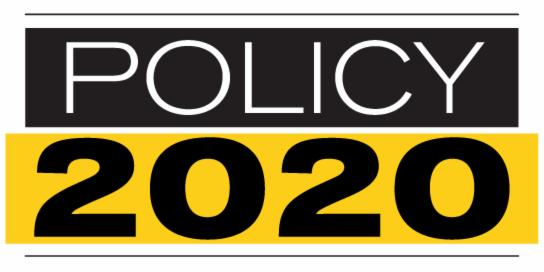

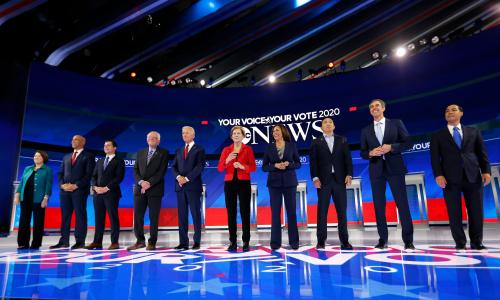
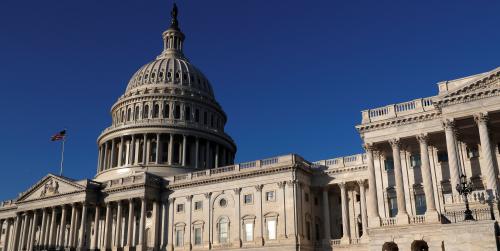
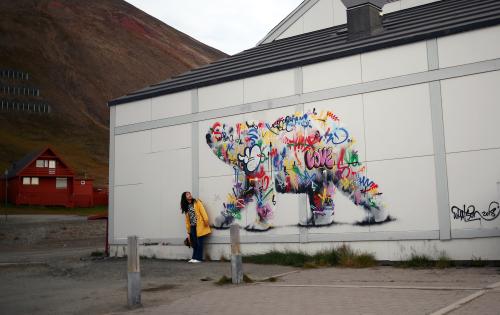


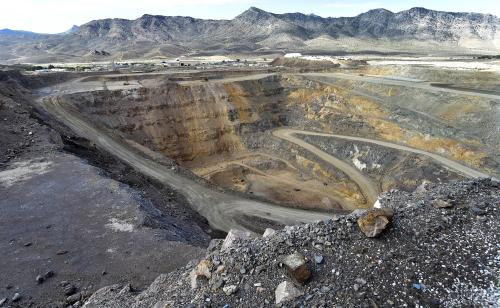
Commentary
What to do about climate change and why?
October 15, 2019